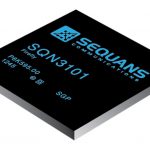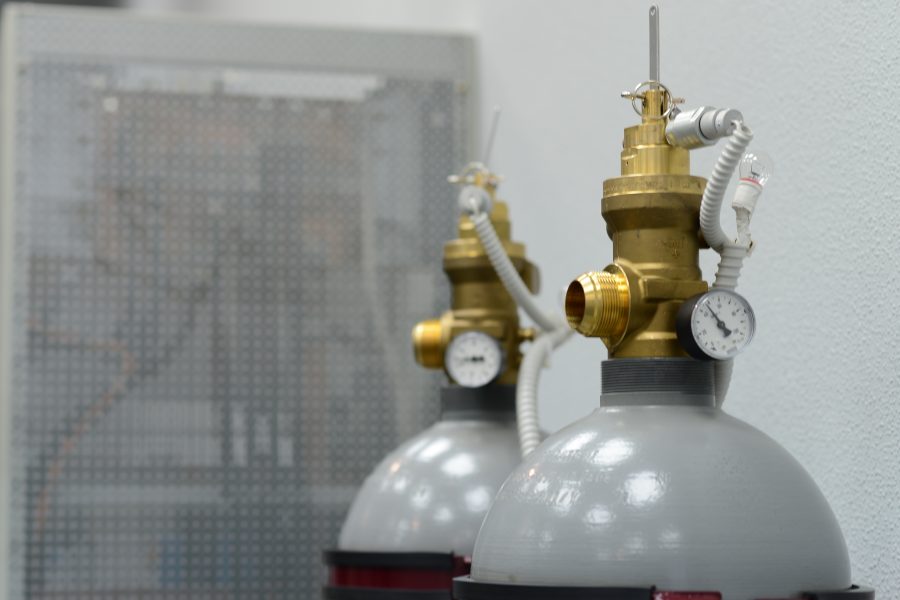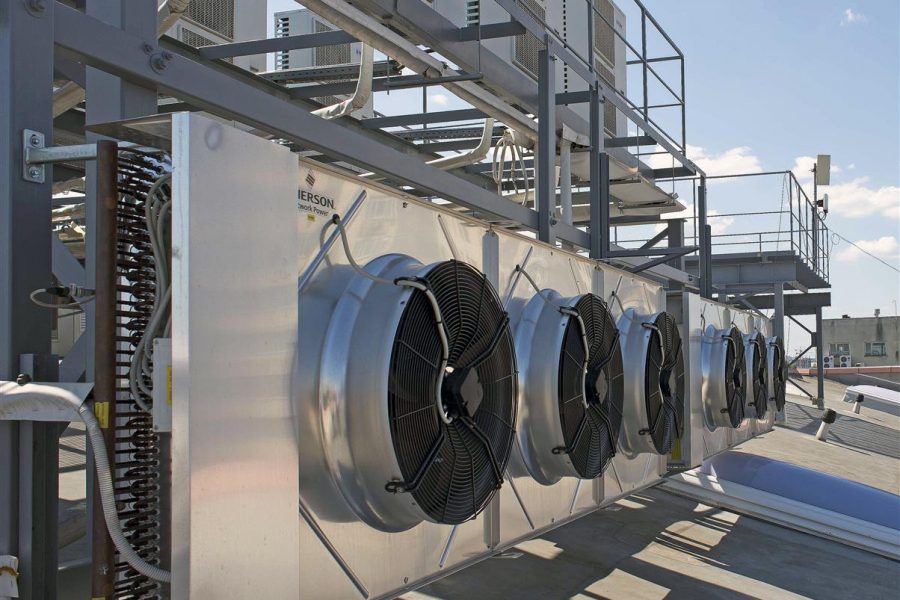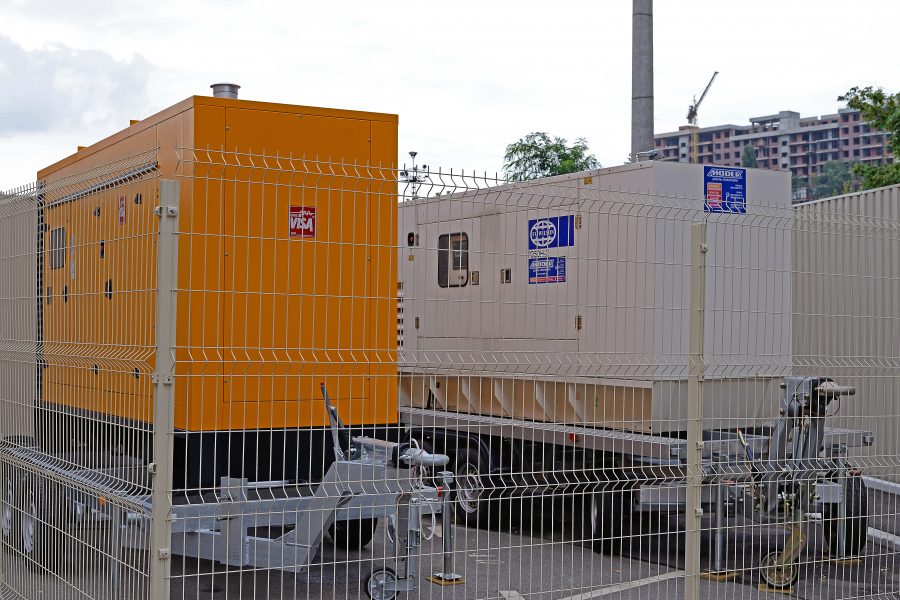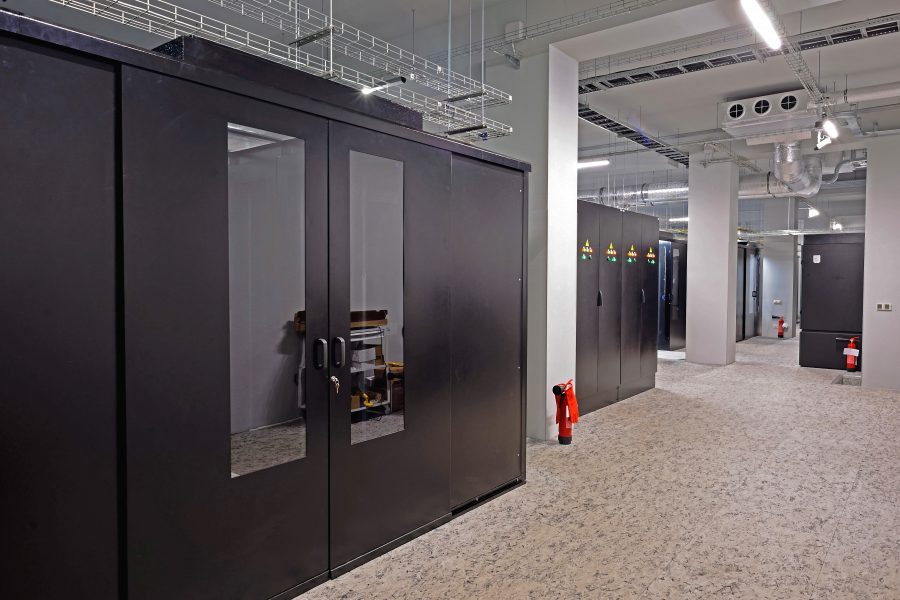Endrich is going to present a live NB-IoT test system at Electronica 2018.
Networked objects such as smart devices contain a sensor and a communication module that connects them to the Internet of Things. This will be at the core of the demonstration.
In case of short transmission paths, local area networks such as LAN, Wi-Fi or other WLAN solutions (Bluetooth, ZigBee etc.), even near–field technologies can link devices, but for longer ranges only LoRaWAN or mobile networks can be used.
When data should be routed to cloud databases and later accessed by mobile devices like laptops, tablets and cellphones, existing cellular broadband networking solutions are more convenient. However this technology soon reaches its limits, the traditional mobile spectrum of a radio cell can be overloaded by adding huge numbers of new non-voice subscribers (wearables, connected cars, smart meters etc).
Serving low data rates of smart devices via existing mobile broadband networks such as GPRS, UMTS or LTE could be too expensive, the expected revolution of M2M & IoT requires a solution with the optimal ratio of technical features and cost efficiency.
One of the technological answers of leading providers for low power wide area networking for the M2M communications is the narrow band IoT.
It is a new cellular standard of LPWAN radio networking technology based on existing LTE infrastructure. It offers connectivity of a mass of simple devices within a mobile cell, with a low data rate of 600 bits/s – 250 kbit/s as a compromise, developed primarily for transferring small amounts of sensor data occasionally, having low energy consumption.
The advantages and key selling points are coverage, battery life, device cost and deep indoor penetration.
As cellular networks already offer very good area coverage in cities, the advantage of NB-IoT appears on field and indoor, where due to the weaker signal, traditional modules consume more energy. The deep indoor penetration is achieved by a higher power density, as radio transmissions are concentrated into a narrower carrier bandwidth, and also repetitions are possible in case of poor coverage at the expense of lower data rate.
The small packages transferred in long intervals require minimal energy, thus offering the key feature of NB-IoT, the extreme long battery life. The broadband (GSM/3G/4G) modules utilise services like mobile voice, messaging and high-speed data transmission, which are not required when only low-speed but reliable data transfer is the requirement. Leaving out these functions make the modules cheaper and energy efficient.
To introduce how the infrastructure can be set up, the Endrich booth on Electronica 2018 will offer a working NB-IoT application consisting of Panasonic’s state-of-the-art GridEye thermopile array sensor detecting humans approaching the booth, with its 64 pixel thermal image will be transferred by Fibocom’s M910-GL LTE CAT-NB1 module via T-Systems’ NB-IoT network to different cloud services.
Endrich will also set up a cloud server, where all pixel temperatures are sent via UDP port to be stored in a database. The transferred thermal picture can be displayed on visitors’ Internet-enabled cellular phones and a huge kiosk display from one of Endrich’s panel PC suppliers, Faytech.



